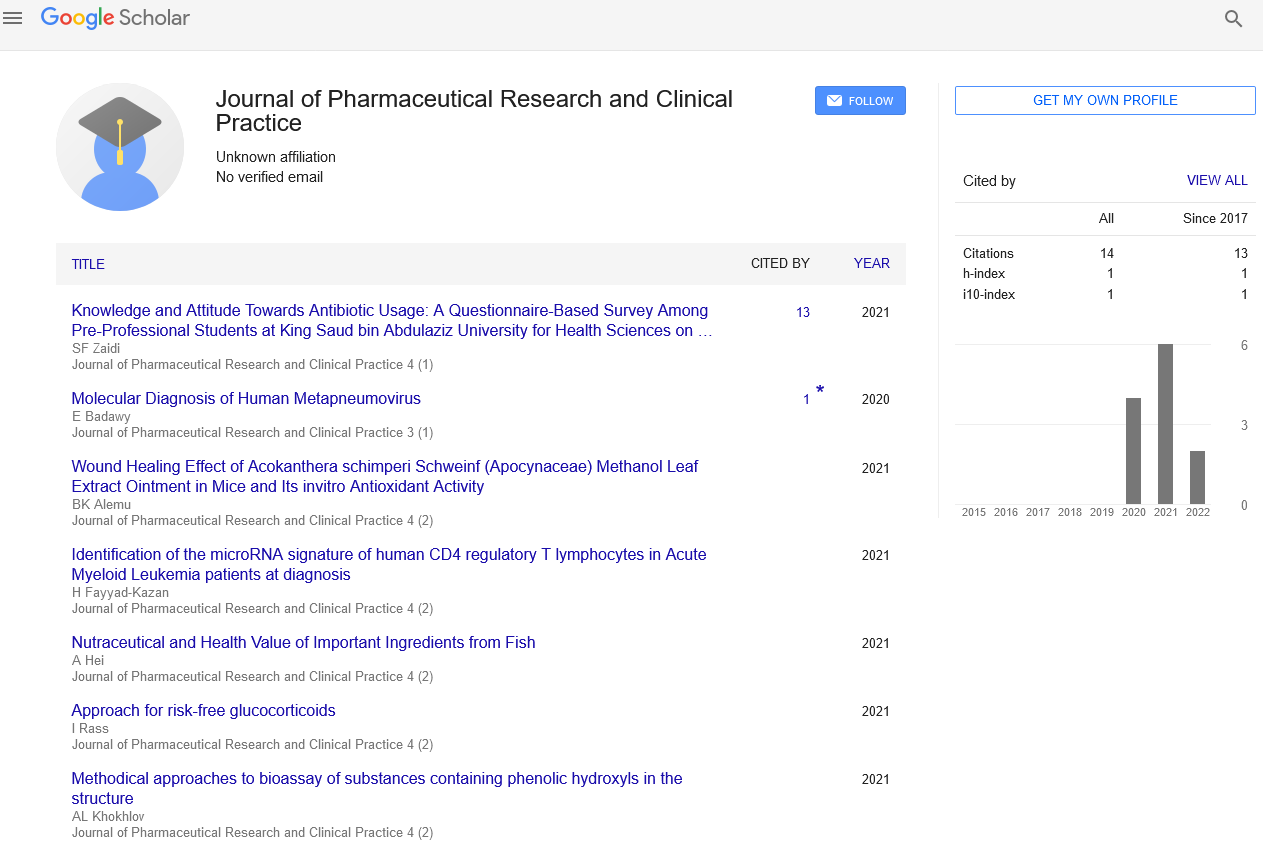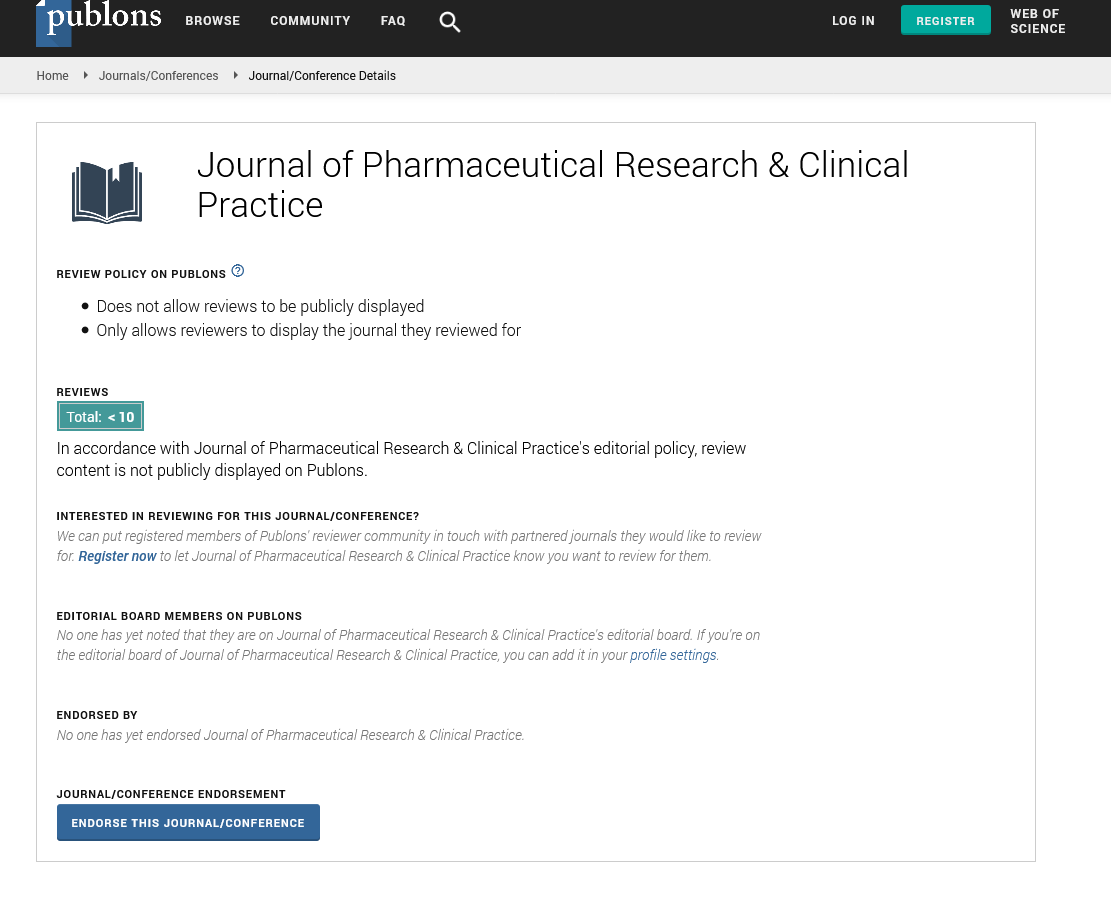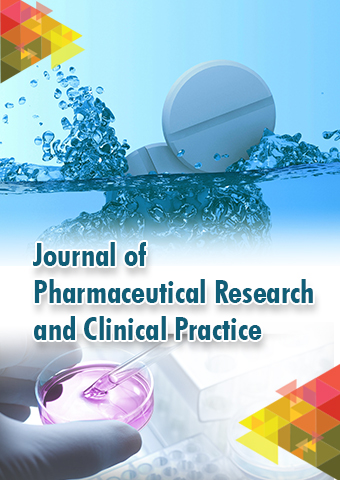Short Communication - Journal of Pharmaceutical Research and Clinical Practice (2020) Volume 3, Issue 4
Wound Dressing Selection Is Critical to Enhance Platelet Rich Fibrin Activities in Wound Care
Abstract
The use of platelet-rich fibrin (PRF) is investigated in ulcer management because it provides a healing milieu rich in growth factors and cytokines. Although crucial, the relevance of secondary dressings is under-researched and no data support the use of any particular dressing in preference to another. We have assessed the properties of different dressing categories, including alginates, hydrocolloids, foams, hydrofibers, films, meshes and gauzes, in terms of affinity for PRF, releasate management (retention/ extrusion) and the kinetics of cytokine release as well as the influence of each combination product, [PRF + dressing], on dermal cell behaviour, aiming to provide useful information for choosing the most adequate dressing for each particular patient. Active dressings including alginates, hydrofibers, foams and hydrocolloids blend with PRF creating diverse combination products with different performances. Alginate and hydrofiber showed the highest affinity but moderate retention of releasate, without interfering with cell functions. Instead, the foam sequestered the releasate and hindered the release of growth factors thereby compromising cell activities. Film and mesh presented very poor releasate retention and performed similar to PRF by itself. Affinity index and releasate management explained 79% of PDGF-BB concentration variability, p<.001. Cell proliferation depended on the ability of the combination product to retain/release supernatant, PDGF-BB concentration and cell adhesion R2=.91, p=.014.
Publications
• Platelet-rich plasma: combinational treatment modalities for musculoskeletal conditions
• Hyperuricemia in Tendons
• Biological Therapies in Regenerative Sports Medicine
• Platelet-rich plasma in the treatment of skeletal muscle injuries
• Meeting current musculoskeletal health demand through deeper insights into tissue homeostasis and regeneration


